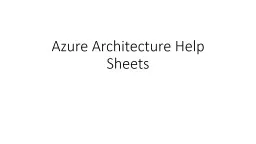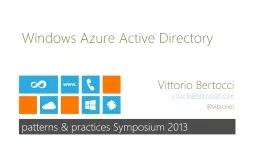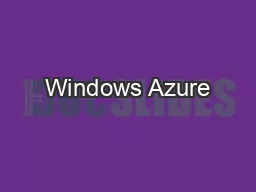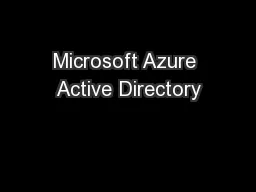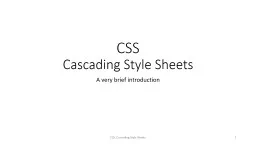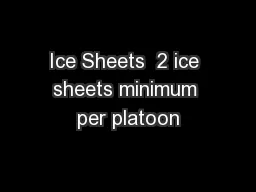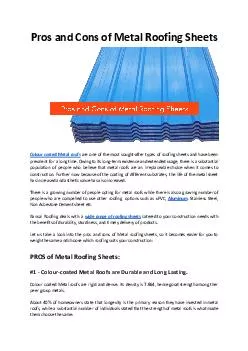PPT-Azure Architecture Certification Revision Sheets
Author : pamella-moone | Published Date : 2018-12-30
Nicholas Rogoff Twitter nrogoff httpsblognicholasrogoffcom IMPORTATNT NOTE Microsoft Azure is constantly evolving and so do the topics tested in the exams The
Presentation Embed Code
Download Presentation
Download Presentation The PPT/PDF document "Azure Architecture Certification Revisio..." is the property of its rightful owner. Permission is granted to download and print the materials on this website for personal, non-commercial use only, and to display it on your personal computer provided you do not modify the materials and that you retain all copyright notices contained in the materials. By downloading content from our website, you accept the terms of this agreement.
Azure Architecture Certification Revision Sheets: Transcript
Download Rules Of Document
"Azure Architecture Certification Revision Sheets"The content belongs to its owner. You may download and print it for personal use, without modification, and keep all copyright notices. By downloading, you agree to these terms.
Related Documents

